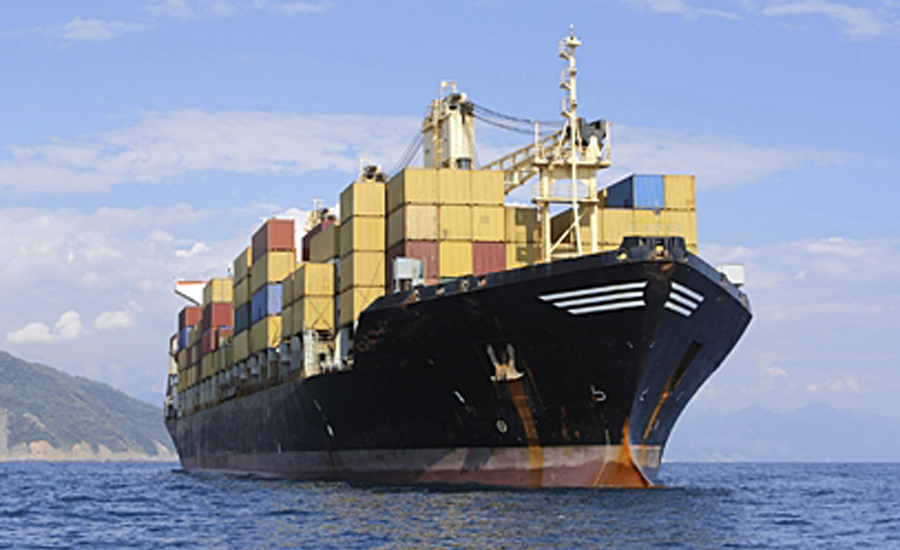American Association of Port Authorities (AAPA), Alexandria, Va., released its “The State of Freight” infrastructure series, which identifies the nearly $4 billion in port and supply chain security needs over the next 10 years.
“The State of Freight IV” report highlights the needs of America’s deep-draft commercial public ports to effectively move goods into and out of their facilities by land and water. This report recommends refocusing the Federal Emergency Management Agency’s Port Security Grant Program (PSGP) to better meet the security infrastructure needs of publicly-owned commercial seaports and related maritime operations. This includes funding an estimated $2.62 billion in maintenance and upgrades to port security equipment and systems, and another $1.27 billion for investments to tackle cybersecurity, active shooter, drone mitigation, resiliency and other evolving security threats.
Currently, the U.S. government invests $100 million annually in the PSGP to protect resources that account for more than a quarter of the American economy. By the end of 2017, container volumes through these facilities had increased 71% and total foreign trade tonnage increased 37%, while cruise passenger traffic nearly doubled.
“In The State of Freight IV, we took a deep-dive to better understand the future security challenges of U.S. ports, the communities that surround them and the supply chains that serve them,” says Kurt Nagle, president and CEO. “Not only did we find that Port Security Grant Program appropriations need to increase four-fold to $400 million a year, but the ratio of grant funds going to ports [also] needs to at least double to 50% to properly mitigate for security threats.
“Protecting our nation’s seaports against terrorism and other security threats helps ensure safe and reliable goods movement, which is critical to our economy. However, in recent years, nearly two-thirds of Port Security Grant Program funding has been spent on training and equipping first responders and on improving response capabilities. What’s needed now is a shift to more investments in maritime domain awareness, including prevention and protection measures.
“The results of this survey make the case that the focus of, and resources for, addressing maritime security challenges should revert to public port authorities, which would increase partnership opportunities between ports and their maritime stakeholders. That was the original intent of the Port Security Grant Program.”


